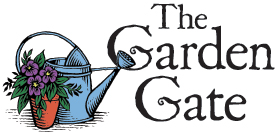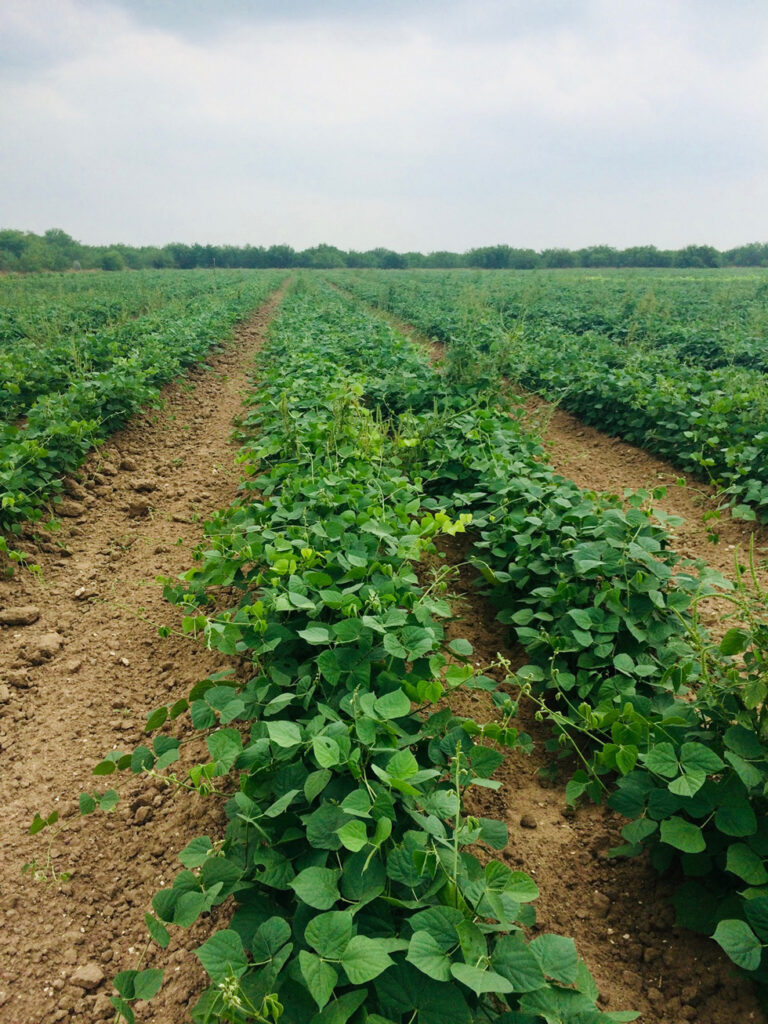- Scholarship Awards
- La Feria ISD is Set to Get Its Own Police Department
- All-Star Regionals
- LFECHS Non-Varsity Band Represents at State
- School Program Continues to Provide Fun Summer Activities
- Conservation Group Wildlife in Focus Expands Unique Photography Contest to Reach More Landowners, Photographers Statewide
- Local Birding Center Offers a Variety of Events
- Valley Native is Heading to the Olympics
- Hurricane Preparedness For Families
- Golf Tournament to be Held toHelp Cancer Patients
Farming for hunters
- Updated: October 22, 2020

By ANN JOHNSTON
LFN
Our Rio Grande Valley is full of farmers and ranchers. Ranchers are usually not considered farmers. The traditional thought is that farmers work with plants and ranchers work with animals (mostly cattle). But farmers have animals they tend. Again traditionally, farmers’ animals provide food for their families. Like eggs, milk (from more than cows), cheese from the milk, and meats like poultry, beef, and pork among others.
But ranchers must grow plants to feed their animals. Usually acres of plants. And they, like the farmers, must be successful at growing and tending these plants.
If the ranch is growing deer for hunting, the rancher has to provide plants that will help increase the size of the antlers and the health and size of the animals.

“Food plots” might be planted to provide a richer food source than just native plants. (Although many of our native plants do provide excellent nutrition for browsers like deer.
Our mesquite beans, Guajillo, and black-brush are some.). These planted areas look like garden plots prepared by a tractor and plow but out in the brush. They are enclosed by a high fence to keep the animals out until the plants are mature and won’t be killed by the animals browsing the plot.
Food plot farmers work year-round to supplement the local nutrition with Spring plots of plants like lab lab, an Australian pea grown for horn development, and Winter plots of wheat and oats to provide protein and other nutrients for browsers like deer.
They work the soil, plant, keep weeds down, and such all year.

If the rancher is growing “exotics” for sale or hunting, then there are other considerations. Exotics are animals from other countries- for instance, nilgai antelope, blackbuck antelope, Axis deer, and Eland. In the wild in their native countries (and continents), these animals must share their feeding areas. One rancher explained it this way.
An easy example is that the giraffe, with its longer neck, feeds from trees that other animals cannot reach. The same applies to grasslands and browsing. The taller the animal, the higher they feed. The shorter animals feed from plants closer to the ground. This is called a “browse line”.
This is a simplification but true. The ranch must use what native grass or bushes are available, but cut/mow areas to specific heights to fit the animals. So a little more care must be taken to feed them than is usually assumed!
Come back next week through the Garden Gate for more information on gardening- of all sorts- in our Magic Valley.


